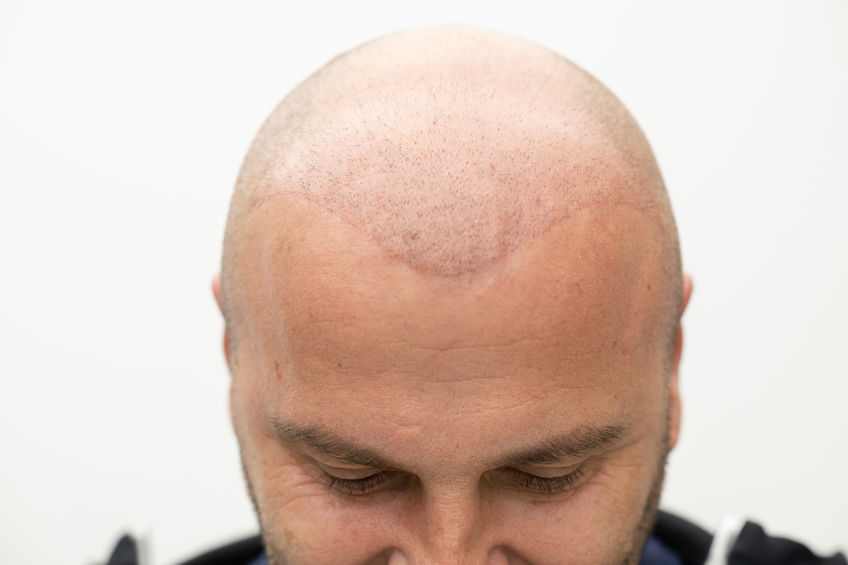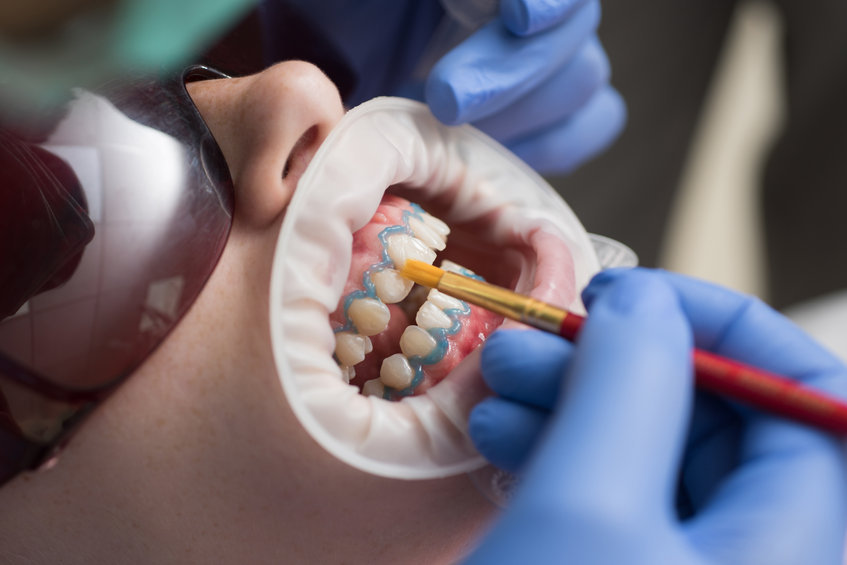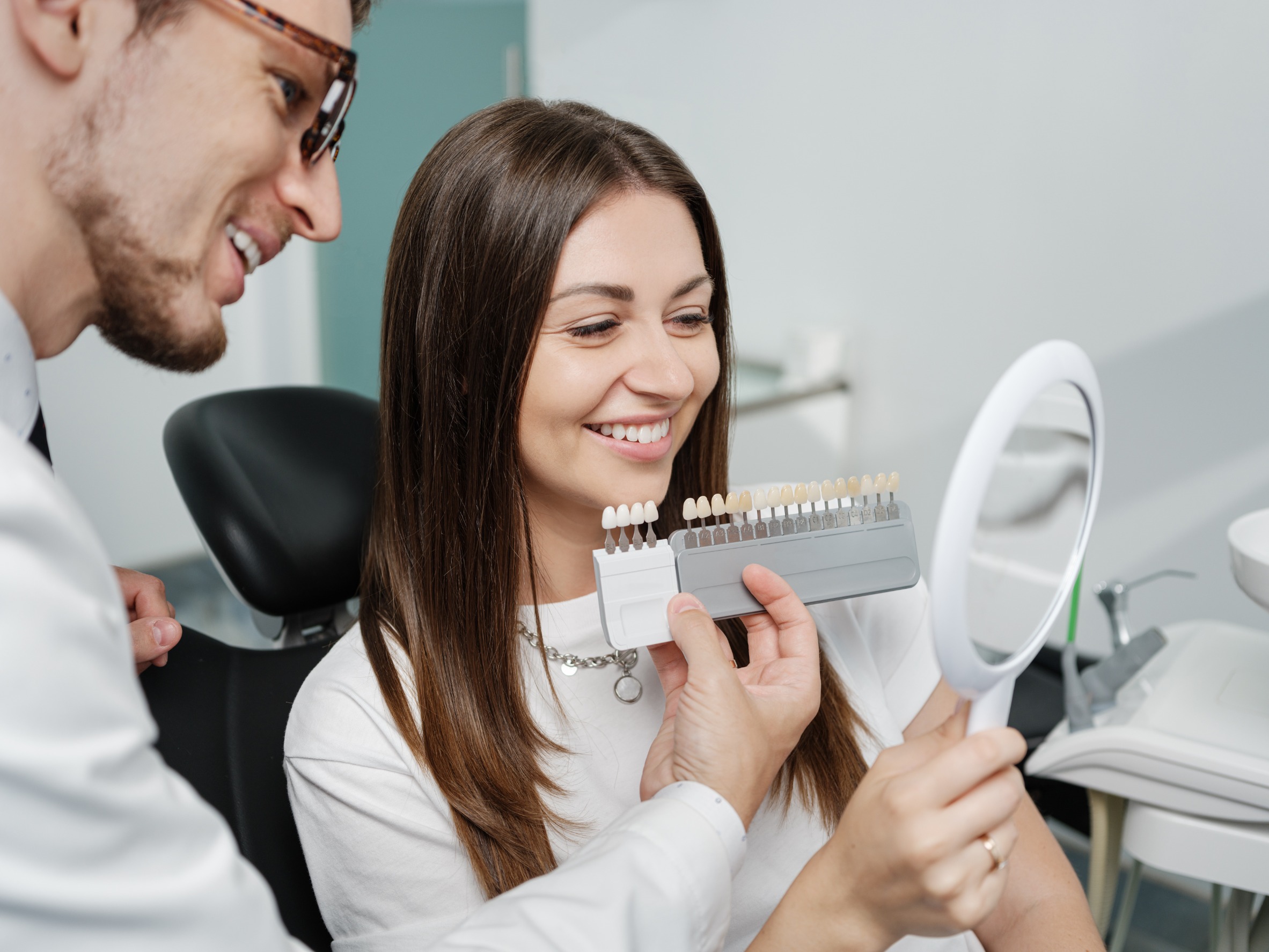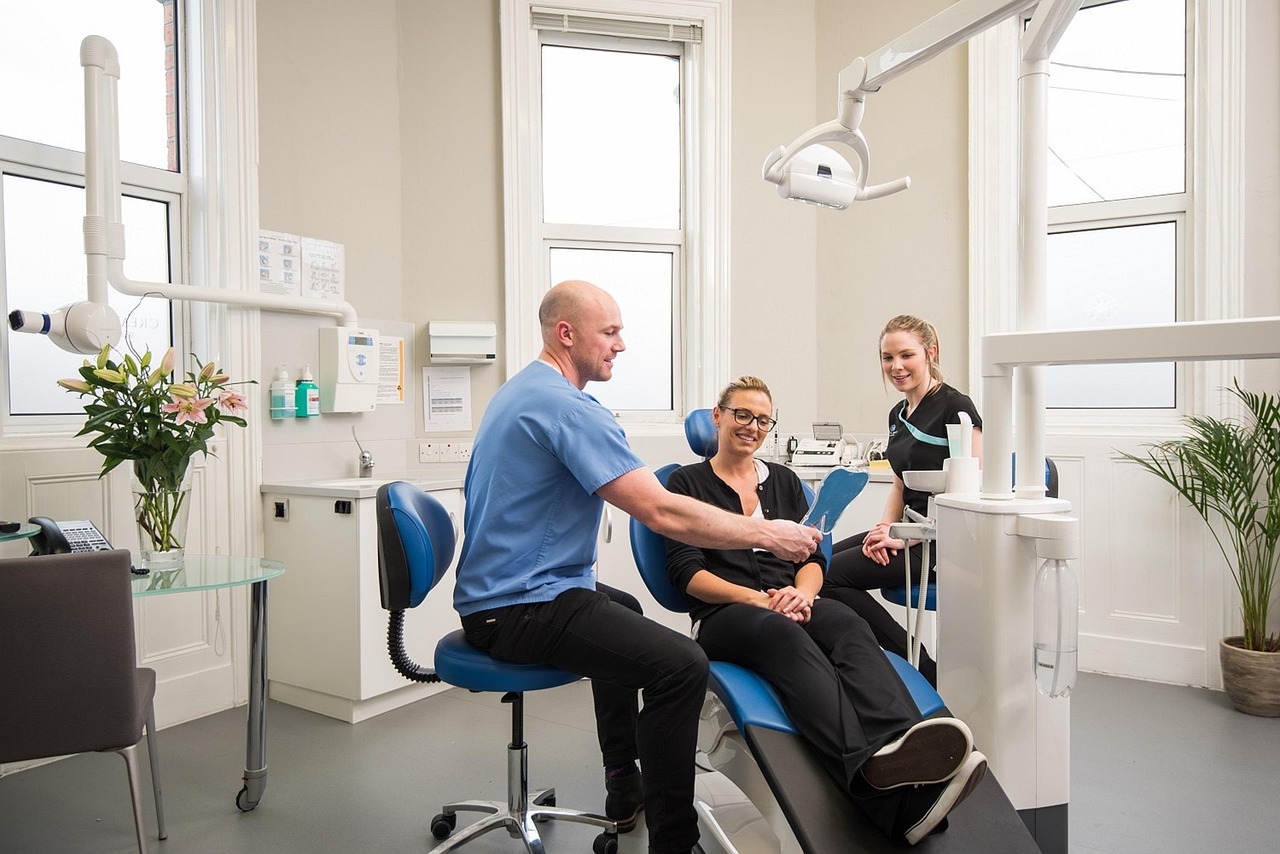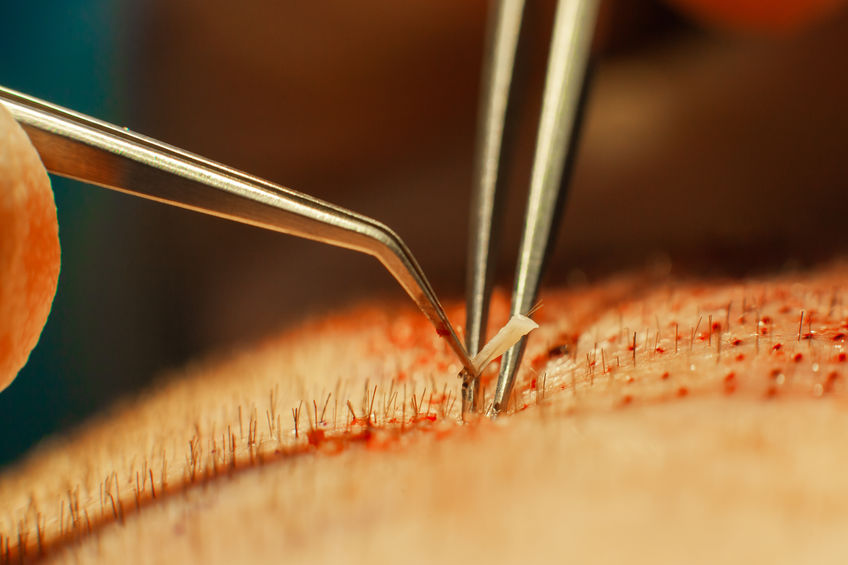You’ve just made a major decision: getting a hair transplant. This choice often changes how you see yourself and requires careful follow-up. The first days, the first weeks, and even the first months determine the quality of the result.
So, post-transplant care: how should you take care of your hair implants? This guide gives you clear, simple, and reliable steps to ensure your transplant develops under the best conditions.
Protect Your Scalp from Day One
The immediate phase after the procedure is the most delicate. You might feel tightness or light tingling—don’t worry, this is normal. The priority is protecting the implanted area.
Post-transplant care means avoiding sudden or rough gestures. Don’t scratch, don’t touch the grafts. Let them anchor themselves. Your scalp has gone through a delicate procedure—it deserves patience and care.
Your doctor likely gave you a care kit. Follow their instructions carefully. Use only the recommended products: a gentle shampoo, a specific lotion, sometimes a soothing spray. These steps promote healing and reduce infection risks.
Master the Washing Technique
The first time you wash your hair after a transplant, you’ll likely feel nervous. That’s normal—you don’t want to damage the work done. But a proper wash quickly becomes your ally.
Post-transplant care includes a precise method: gently pour lukewarm water over your scalp, apply the recommended shampoo by patting, never rubbing. Let it sit a few moments, then rinse at low pressure. Dry carefully with a microfiber towel, avoiding aggressive movements.
Over time, these gestures become natural. But in the first days, take your time. That’s how you secure the grafts.
Adopt the Right Sleeping Positions
Sleeping becomes a real challenge at first. If you sleep in the wrong position, you risk rubbing the implants against your pillow. Post-transplant care also means learning how to sleep properly.
Elevate your head slightly with two pillows to reduce swelling. If you usually sleep on your stomach, change your habit: sleep on your back with your head well supported. Some patients even use a U-shaped travel pillow to keep their neck stable. These small details make a big difference and prevent morning surprises.
Avoid Forbidden Gestures
Taking care of your new hair is not only about what you do—it’s also about what you must avoid. Certain habits or reflexes can compromise your results.
Here are the behaviors to avoid:
-
Scratching or rubbing the implanted area
-
Exposing your scalp to direct sunlight without protection
-
Wearing a helmet, tight cap, or hat too soon
-
Resuming intense sports activities too quickly
-
Using hair products not recommended by your doctor
Respecting these restrictions gives your grafts time to anchor solidly. Once again, post-transplant care means protection above all.
Improve Your Lifestyle
Your hair doesn’t just depend on external products—it also reflects your general health. Adopting a healthy lifestyle reinforces the success of your transplant.
Choose a balanced diet: proteins, vitamins, and minerals support hair growth. Drink enough water to boost circulation and cellular regeneration.
Smoking reduces blood flow, directly affecting regrowth. If you smoke, reduce as much as possible—or better, quit. Your follicles need oxygen and nutrients to thrive. The healthier your body, the better your hair will respond. Post-transplant care isn’t just about the outside—it’s also about supporting your body from the inside.
Accept the Growth Phases
A hair transplant doesn’t give instant results. Your hair will go through several stages. At first, some grafts will fall out—you might be surprised or even worried. Don’t panic, this is completely normal.
Post-transplant care also means understanding these cycles. After a few months, new hairs will start growing. Their texture or color may be slightly different at first. Over time, they’ll thicken and blend with your natural hair. Be patient—the final result usually appears after a year or sometimes longer.
Respect Your Medical Follow-Ups
You’re not alone in this journey—your surgeon is there to guide you. Follow-up visits are crucial to check healing and regrowth progress.
Post-transplant care involves regular medical follow-ups. Even if everything seems fine, these appointments are essential. They give you the chance to ask questions, clear doubts, and adjust care if needed.
Consistent monitoring ensures better results, reassures you, and helps you maintain the right habits.
Choose the Right Products and Accessories
After a transplant, everyday items you use should be adapted to protect your new implants. The right accessories can make a big difference in the success of your regrowth.
-
Use a silk or satin pillowcase to minimize friction and protect grafts while sleeping.
-
Opt for a soft brush designed for fragile hair to avoid damaging the scalp.
-
Choose a sulfate- and paraben-free shampoo for gentle cleaning.
-
Protect your scalp from the sun with a specific product when outdoors.
These simple actions are key to post-transplant care—they improve your comfort and help your grafts stay strong.
Resume Daily Activities Gradually
You’re probably wondering when you can start exercising again, traveling, or wearing a cap. The answer depends on each case, but generally, it’s gradual.
Light physical activity is possible after two weeks. Intense workouts should wait at least a month. Wearing a cap should only be done after your doctor’s approval. Post-transplant care means respecting these timelines—they keep your implants stable and prevent complications.
Trust the Process and Yourself
The success of a hair transplant doesn’t depend only on the surgeon’s skill—it depends a lot on you. Post-transplant care is a personal commitment. You’re investing time, attention, and patience. Every effort counts, even the smallest ones.
The more consistent you are, the closer you get to your expected result. Remember: you’re not alone. Your medical team is there, but your discipline makes the difference.
A hair transplant is the start of a new chapter. Success depends not only on the procedure but also on how you take care of yourself afterward.
Post-transplant care brings together simple but consistent steps that turn your daily routine into a real ally for regrowth.
Each step matters: protecting your grafts, washing gently, sleeping properly, avoiding mistakes, and being patient with the growth phases. Take care of yourself, follow the right habits, and give your hair the time it needs to reach its full potential.
